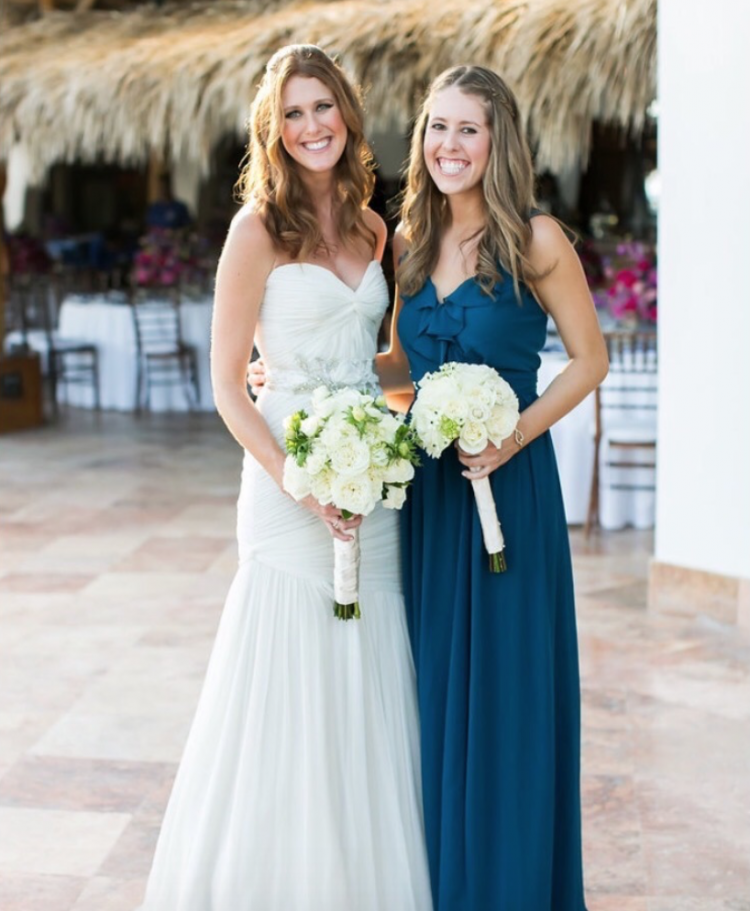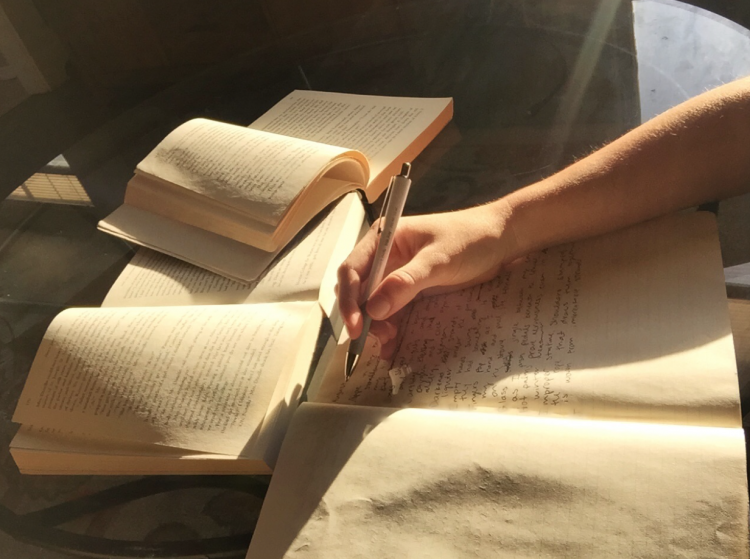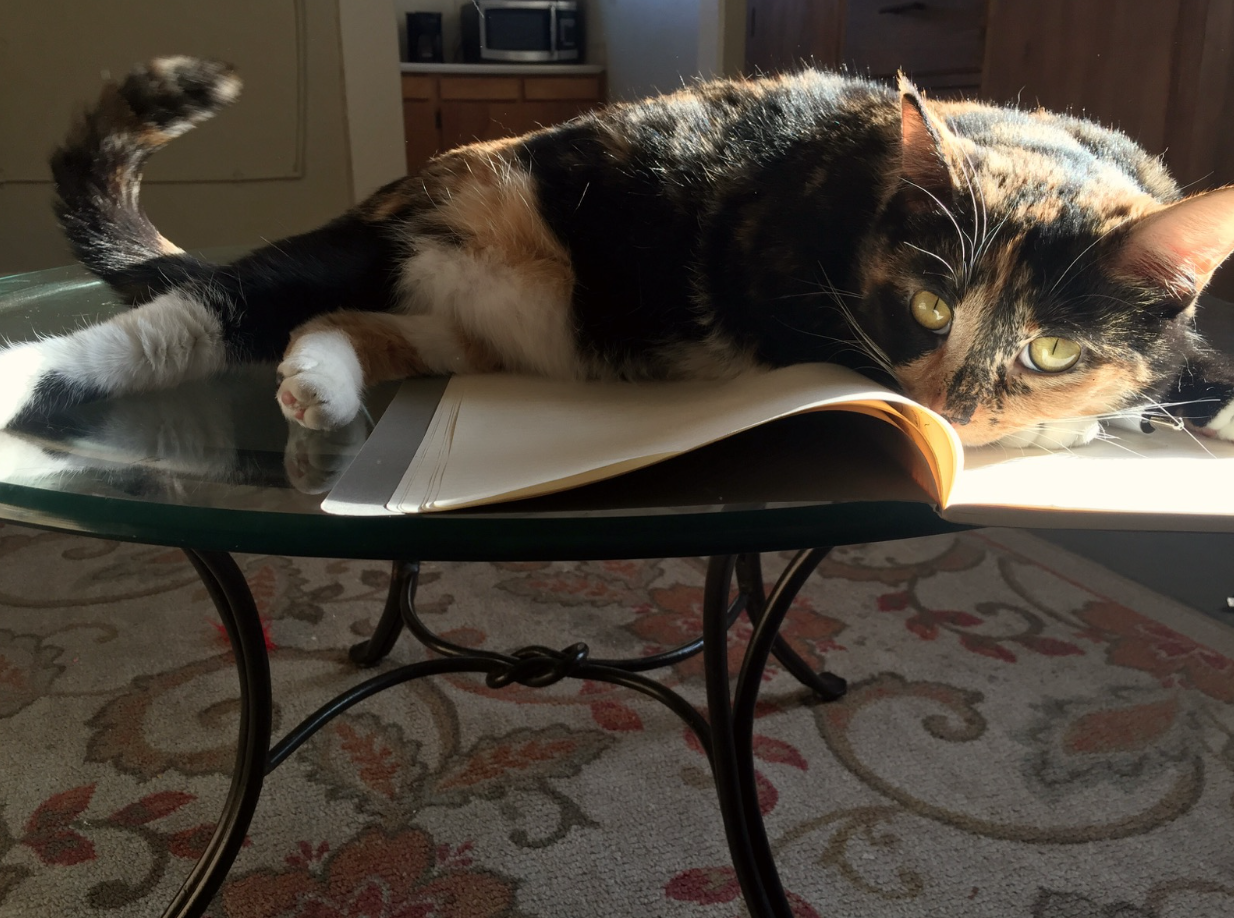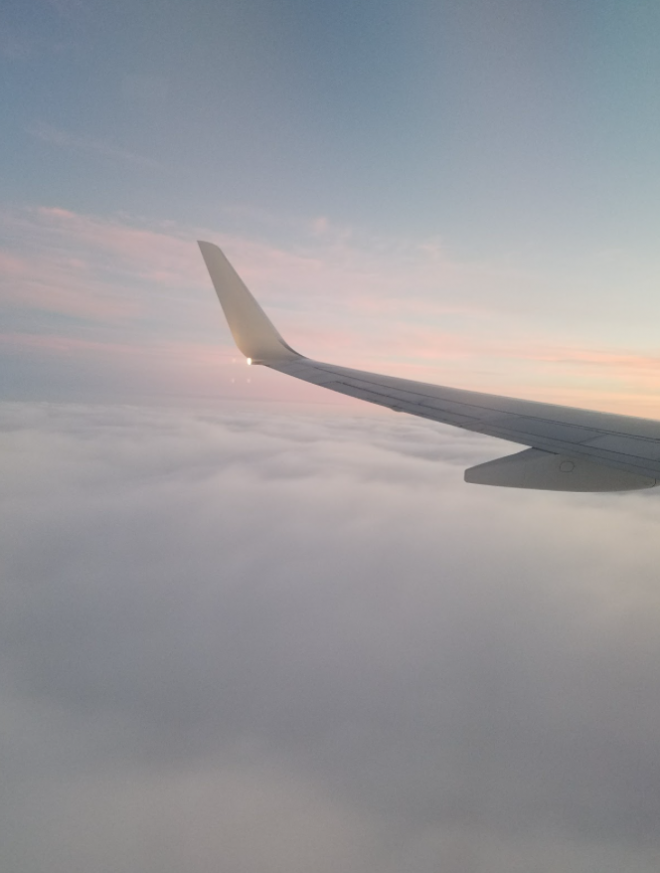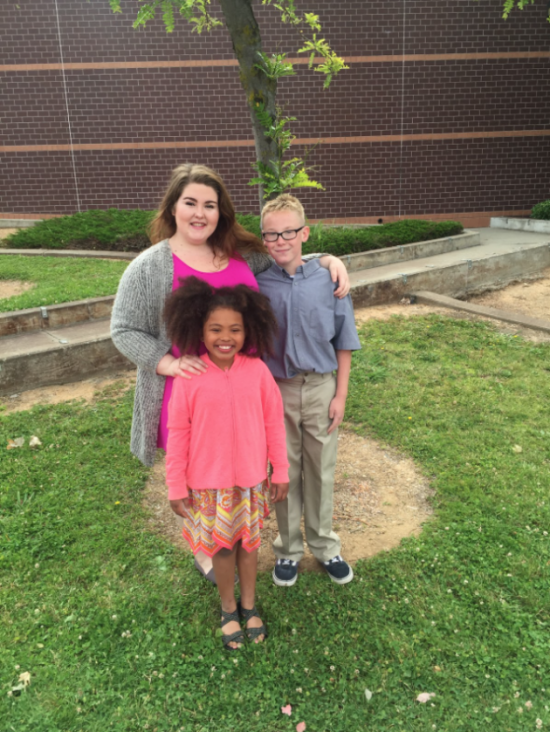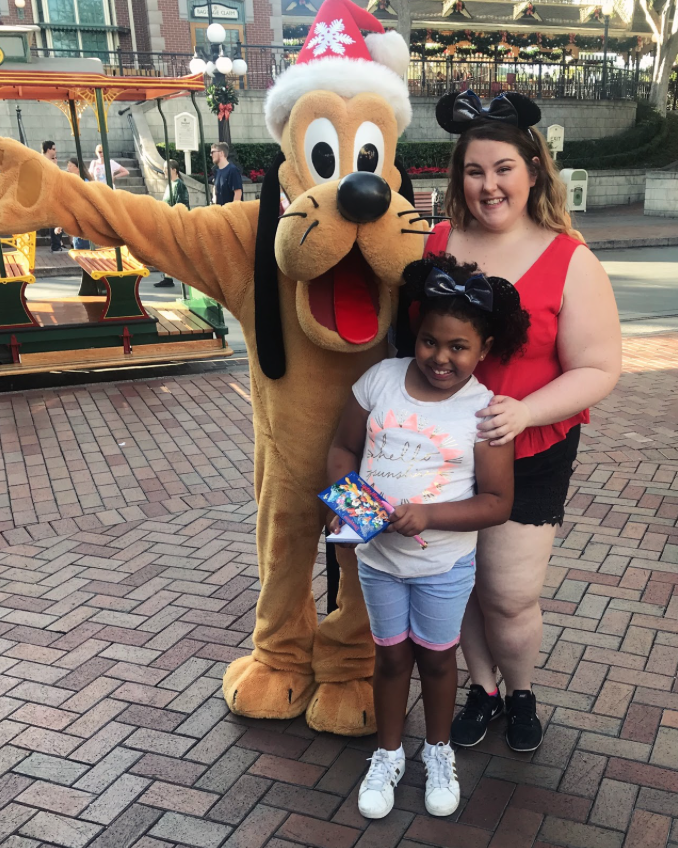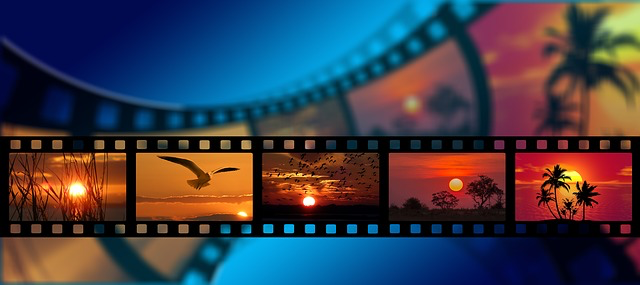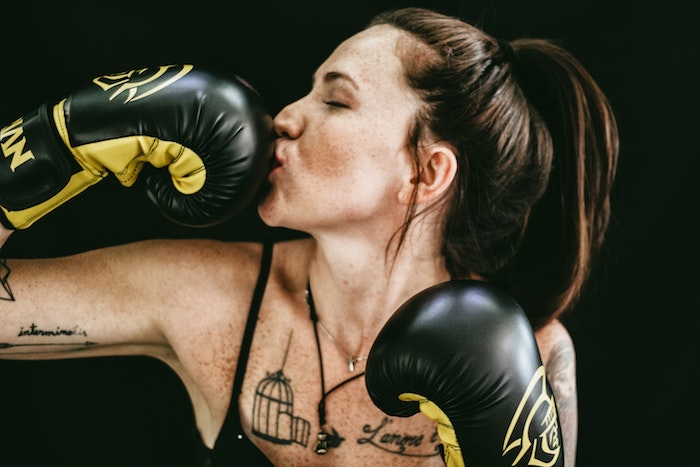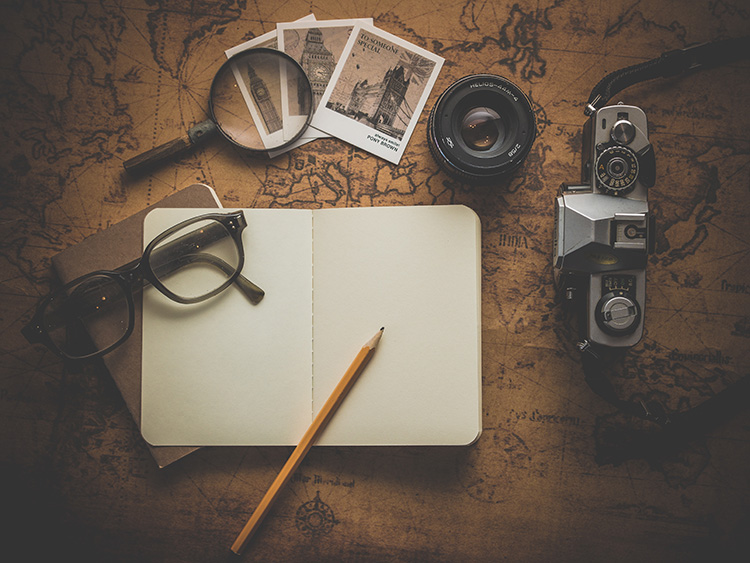Starting my journey at Chico State, I knew it would be difficult. Not only because of the curriculum or being away from home, but because I had to fill the shoes of my sister who graduated 10 years before me in the same department. Following in her footsteps, I decided to join the journalism and public relations field where she once made her mark. Taking all the same classes and internships, I became recognized by many different professors as “Kayla’s Little Sister”. This is troubling and can be discouraging at times because of how hard she worked at everything.
Having this always in the back of my head, I tried to set myself apart and make a name for myself within the field of journalism. By taking alternative courses and declaring a minor in communication design, I tried to differentiate myself from her. I am constantly compared to her, but in the end, I believe this is what made me stronger as a public relations student.
PR is so unique and different, changing every year with new technology and lessons. My sister and I are at different points in our lives and I am still learning techniques as a student. We could never be the same or be expected to produce identical work. In the long run, I am truly thankful for having her as a guide and someone to look up to throughout this experience in my life. We may all have that person who will do better in any aspect of life, but it’s important to prove to yourself that you are capable of whatever gets thrown your way and to not get discouraged.
My sister has given me tips and has shown me examples of what it takes to become a successful PR professional. I find these lessons and tid-bits extremely helpful to avoid being completely blindsided by what is to come.
By: Coby Kooyman
Picture provided by Ana & Jerome Photography


